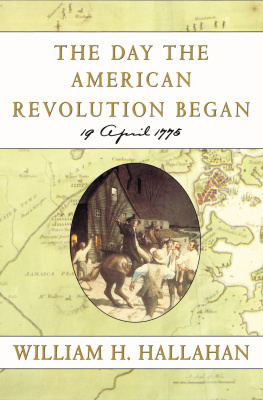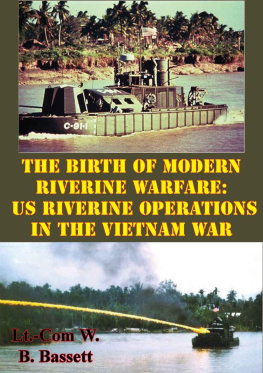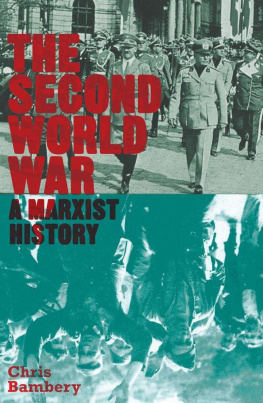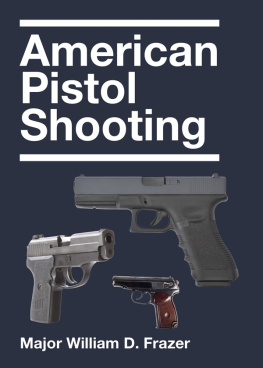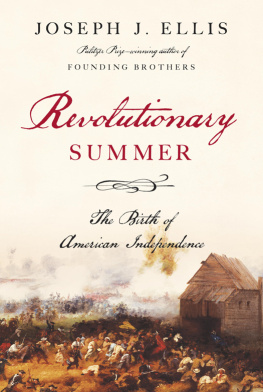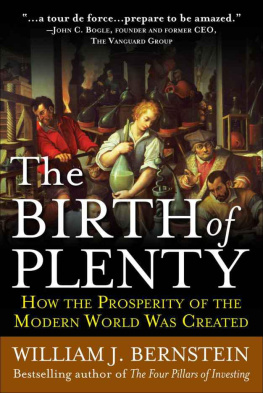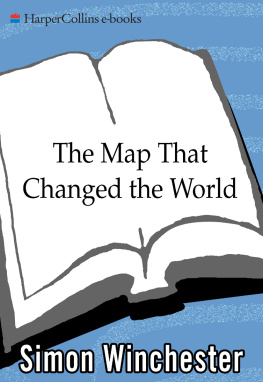
This edition is published by PICKLE PARTNERS PUBLISHINGwww.picklepartnerspublishing.com
To join our mailing list for new titles or for issues with our books picklepublishing@gmail.com
Or on Facebook
Text originally published in 1991 under the same title.
Pickle Partners Publishing 2014, all rights reserved. No part of this publication may be reproduced, stored in a retrieval system or transmitted by any means, electrical, mechanical or otherwise without the written permission of the copyright holder.
Publishers Note
Although in most cases we have retained the Authors original spelling and grammar to authentically reproduce the work of the Author and the original intent of such material, some additional notes and clarifications have been added for the modern readers benefit.
We have also made every effort to include all maps and illustrations of the original edition the limitations of formatting do not allow of including larger maps, we will upload as many of these maps as possible.
THE BIRTH OF MODERN COUNTERFIRE: THE BRITISH AND AMERICAN EXPERIENCE IN WORLD WAR I
By
MAJ William M. Campsey, USA.
TABLE OF CONTENTS
Contents
TABLE OF CONTENTS
REQUEST FROM THE PUBLISHER
ABSTRACT
This study investigates the original needs for and development of counterfire techniques in World War I. Concentrating on the experiences of the British and the Americans, the examination explores techniques of counterfire and their failures or successes.
The first chapter investigates why World War I was the first war in which modern counterfire techniques were employed. Chapter 2 describes the British experience. Chapters 3 & 4 explain how the Americans trained for and fought in the war. The last chapter analyses those techniques and principles of action that had relevance for both nations.
The study concludes that several techniques were necessary in World War I to suppress enemy artillery. First, efforts to destroy enemy artillery before battles were not as successful as efforts to neutralize it for the duration of the battle. Second, with the enormity of details necessary to collect intelligence, assign targets, preposition ammunition, and execute the program of fire, competent staff work became critical. Third, the intelligence procedures developed in position warfare were insufficient to suppress enemy artillery as the battle line moved progressively forward. Suppression of all terrain in the zone of operations that was capable of holding enemy artillery became necessary. Finally, artillery organization and control must be centralized.
The study also identifies two techniques necessary to exploit successful counterfire. First, surprise over the enemy would invariably gain the initiative. The enemy guns would not recover from the surprise for the duration of time that neutralization fires continued. Second, counterfire must be integrated into the overall fireplan and the infantry scheme of maneuver. It did the commander no good if counterfire was successful only to fail to exploit that success with maneuver.
DEDICATION
To Grandpa,
my first war hero
(even if he is a sailor)
ACKNOWLEDGMENTS
Many people assisted in the development of this effort. First, I must acknowledge the help of my committee, Dr. Jerold Brown, LTC John Skelton, and MAJ Dave Goebel. Their helpful, but firm guidance kept me on the right track throughout all of the months of this endeavor. My Academic Counselor and Evaluator, LTC Bob Ramsey, provided outstanding support in lending me some of his primary sources and keeping me encouraged. The archivist in the Combined Arms Research Library, Karla Norman, found many documents that assisted in my research. She also trusted me to check out some of their rare books and documents; allowing me to research even deeper some of the more obscure aspects of this thesis. Finally, my family gave over countless weekends during the "best year of my life." To them I owe not only my gratitude, but I had better make up some of those weekends.
PREFACE
This thesis is a history paper. However, my motivation for writing on the history of counterfire is grounded in my belief that present U.S. Army tactics, techniques, and procedures are inadequate. For at least the last 15 years, the U.S. Army Field Artillery has not had a complete doctrine for counterfire. Experiences at the combat training centers, most importantly in the BCTP exercises, have precipitated our understanding of the need to develop such a doctrine. Since, until very recently, we have had virtually nothing, a hasty attempt was made to put a doctrine in the field. The Field Artillery School published a White Paper on 1 November 1989. With minor revisions the techniques presented in that White Paper were incorporated into the latest FM 6-20-30, Fire Support for Corps and Division Operations, dated 18 October 1989. A comparison of the dates of these two documents indicates that the White Paper was published after the field manual had been sent to the printer. There was no opportunity for rebuttal from the field nor, from all indications, was there any attempt to start the development of the doctrine from a historical perspective.
The methods now published in the Field Manuals represent more than the official pronouncement of recommended procedures. In the longer term they represent the start of the search for the best methods of counterfire. They are the opening salvo wherein the school challenges the field to contribute to the development of new doctrine. This thesis addresses that challenge in that it begins the process of defining our history. For while it is true that history is not so didactic as to present us with formulas for success for our future wars, it is also true that we cannot predict where warfare will take us without first understanding from where it has brought us. We who aspire to influence the writing of procedures for a future war must understand the experiences of our predecessors. Much has changed since the artillerymen of World War I and their commanders grappled with the problems of protecting the infantrymen's advance across No Man's Land. However, the basic endeavor to protect the commander's freedom of maneuver by protecting his infantrymen from the enemy's artillery remains as valid today as it was in World War I.
As a serving field artilleryman, I have resisted the temptation to comment in this document about the relevance of the lessons of World War I to todayI will succumb to that temptation in other media. As I mentioned at the start, this is a history paper. It tells the story of the British and American experiences with counterfire in World War I. I believe, however, that some of my colleagues will be surprised to discover that many of the lessons these old soldiers learned are suspiciously similar to some of the "new" ideas that have come into fashion of late. I hope this document will be a positive contribution to the debate.
CHAPTER ONE ARTILLERY LEAVES THE LINE OF BATTLE
World War I infantrymen on the Western Front shared a common existence. The British tommy , the German soldat , the French poilu , and the American doughboy lived in a muddy, wet, rat-infested trench that was bone-chilling cold and oppressively hot. In an active sector they were usually hungry, thirsty, exhausted, and sick. They lived with fear. It was a fear that peaked just before going "over the top." These men were attacking machinegun positions, and their assault included a journey across a distressingly open piece of ground called "No Man's Land." Advancing was a proposition requiring no small amount of courage.





